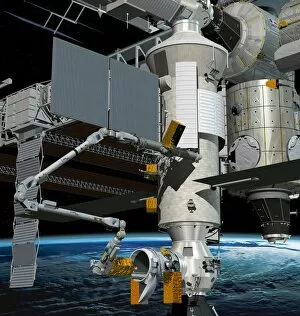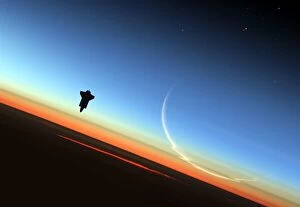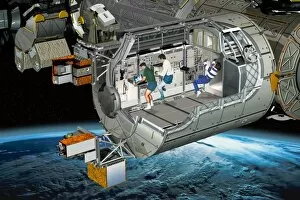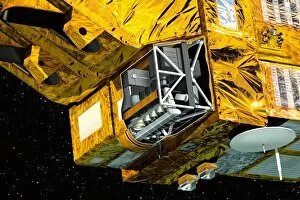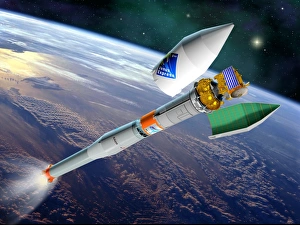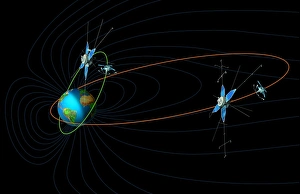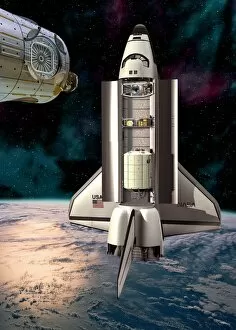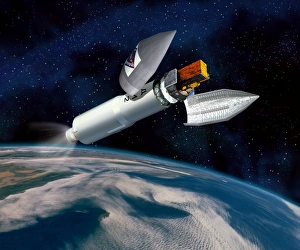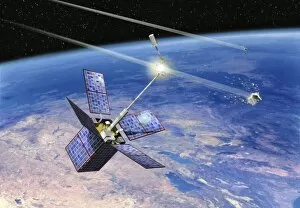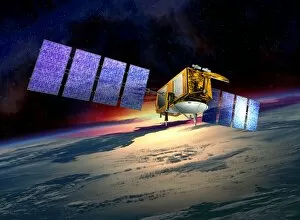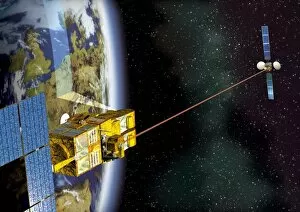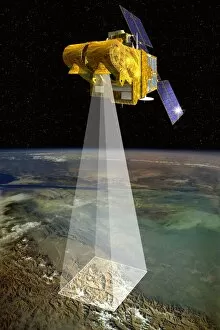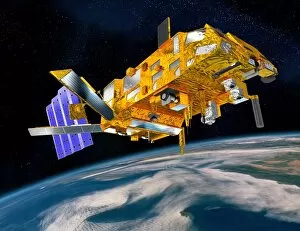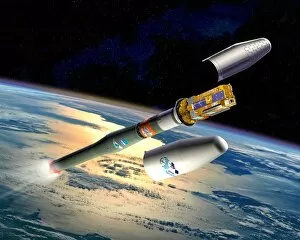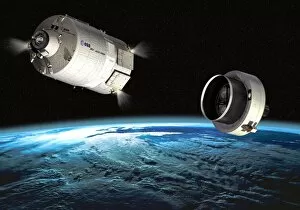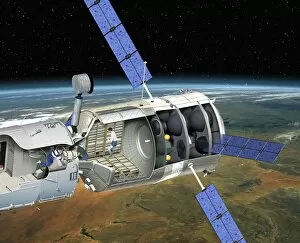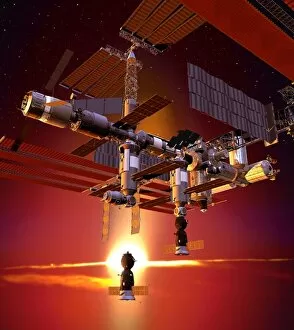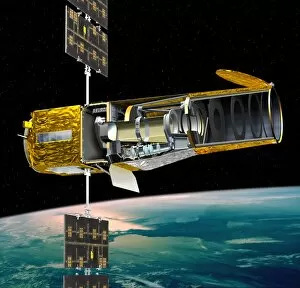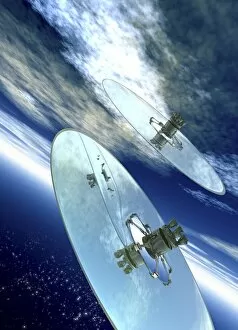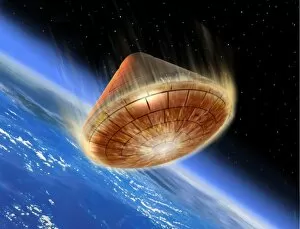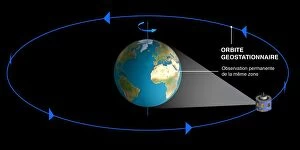Earth Orbit Collection (page 3)
"Exploring the Vastness of Space: A Journey into Earth's Orbit" In 1957, the world watched in awe as Sputnik 1 became the first artificial satellite to orbit our planet
All Professionally Made to Order for Quick Shipping
"Exploring the Vastness of Space: A Journey into Earth's Orbit" In 1957, the world watched in awe as Sputnik 1 became the first artificial satellite to orbit our planet. This historic moment marked the beginning of mankind's venture beyond Earth's boundaries. Fast forward to 1965 when Alexei Leonov took humanity's first steps outside a spacecraft during his groundbreaking spacewalk. As technology advanced, so did our understanding of space travel. Gemini 7 gracefully floated in orbit, paving the way for future missions like Delta's journey to the International Space Station (ISS) in 2008. The ISS has become a symbol of international collaboration and scientific exploration. The beauty of these endeavors is captured through various mediums - from stamps commemorating Sputnik 1 to postcards showcasing its iconic image. Diagrams illustrating Sputnik 1's orbit remind us of how far we've come since that fateful day in Soviet Russia. Vostok rockets launched brave astronauts like Yuri Gagarin aboard Vostok 1, who became the first human to orbit Earth in 1961. Their courage and determination continue to inspire generations today. Spacewalks have also played a crucial role in expanding our knowledge about life beyond our atmosphere. In an unforgettable moment from1984, a manned maneuvering unit allowed astronauts to float freely amidst the vastness of space. From high above, images taken by astronauts on board ISS show breathtaking views such as Italy at night or even capturing both ISS and Moon together – reminding us just how small we are within this grand universe. Earth’s orbit represents not only technological achievements but also serves as a reminder that there is still much more left unexplored out there – beckoning us with endless possibilities for discovery and wonderment.








